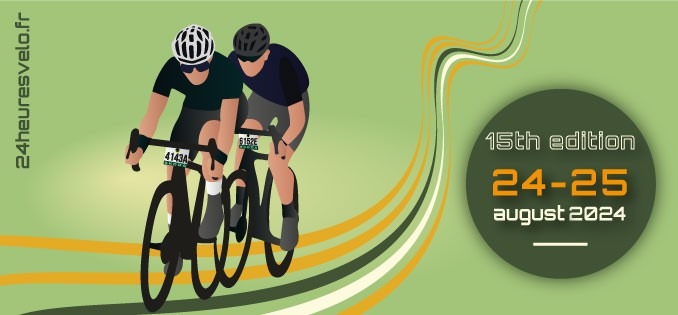
The Movistar rider whose leg was cut open by a rotor during a crash also finds the drawback of disc brakes
When reviewing the Factor Ostro VAM of his new team, Chris Froome fuelled the disc brake debate, conceding that the efficiency is superior but saying the “technology is not quite where it needs to be.”
For Froome, the shortcomings of the disc brakes are largely based on system maintenance, but safety is one area widely cited as a concern.
Owain Doull, Froome’s former teammate, once said that his disc brake rotors sliced open his shoe in a crash. This argument was later proven false, but there can be little doubt regarding the early-career experience with disc brake rotors by Matteo Jorgenson.
While riding for Chambery CF at the Paris Roubaix Espoirs 2019 edition, Jorgenson was involved in a crash in which a disc rotor cut through his right leg’s calf muscle, leaving him in need of surgery in the hospital.
One of the highest-profile victims of the hazards that disc brakes can pose, the now-21-year-old American assumes that disc brakes come with a major safety penalty, considering their efficiency advantages.
“They’re an exposed piece of the bike that gets super hot, especially in a bike race. They can cause damage if they happen to land on a rider in a specific way, and it depends just by chance, on how they touch a rider. Especially if you’re on that side of the bike and you fall on top of a rider like I did.”
Nevertheless, when it comes to his opinion of disc brakes as a whole, Jorgenson admits things “get a bit blurry”
Speaking on the eve of his departure for the Tour de la Provence from his home in Nice, the 21-year-old explained how apprehensive he was when his then-new Movistar team committed to disc brakes ahead of the 2020 season, but that their success has since won him over.
“I didn’t see much problem with rim brakes, I thought they were very good,” Jorgensen explained.
“But last January I switched to a new bike with discs, and I was shocked at how much of a difference it makes. In a bike race, there’s so much to be gained by being able to brake later.
“Disc brakes are very consistent, so when you pull the brake at first, it grabs just as much as 10 seconds later. Whereas with a rim brake, especially in the rain, you pull it and it starts to heat up, and then you get either less or sometimes it grabs more depending on the pad type. It’s very inconsistent, you have to kind of think through it while you’re braking. If you’re braking quite hard into a corner, you have to try and anticipate how much more you can brake.”
“I’d definitely be at a disadvantage [to return to rim brakes]. I notice it in a race where guys have to start braking earlier because they have rim brakes and they can’t slow down as fast and I can come round them.”
Jorgenson will not call on the UCI to develop additional rules around disc brakes, despite the UCI making headlines this week for its latest safety steps, under which it outlawed the super tuck and subsequently the puppy paws role.
“I’m pretty against making more rules,” he said.
“A cover could be a good idea, but I think we’d have to see more incidents of crashes with disc brakes affecting people. I think there have been so few incidents at this point that making a rule, such as mandatory rotor covers, would be a lot. I think people would be against it and it would be difficult to implement.”
Despite recognising that the focus of the UCI is misplaced with respect to those recent prohibitions, Jorgenson praised something that was hidden in the announcement of the UCI: a crash database that tracks specifics of each collision to illustrate how accidents are caused, identifying hazards and popular patterns.
“I think that will give us some statistics on what actually is a risk in cycling, and what’s not. Maybe it can show them [the UCI] that these things they’re focusing on aren’t significant at all.”
































